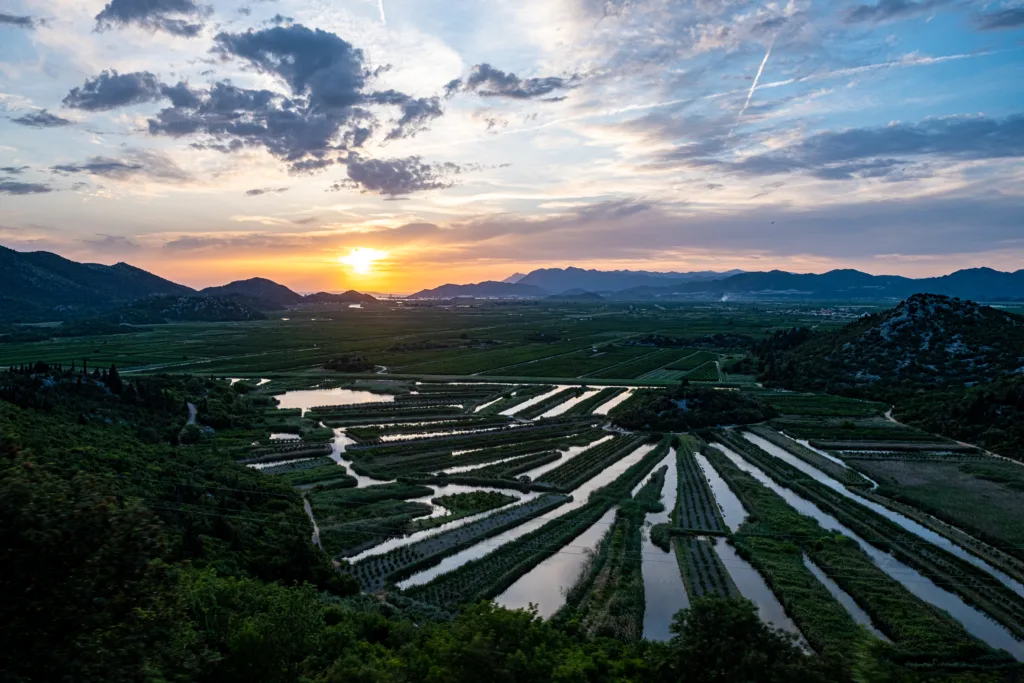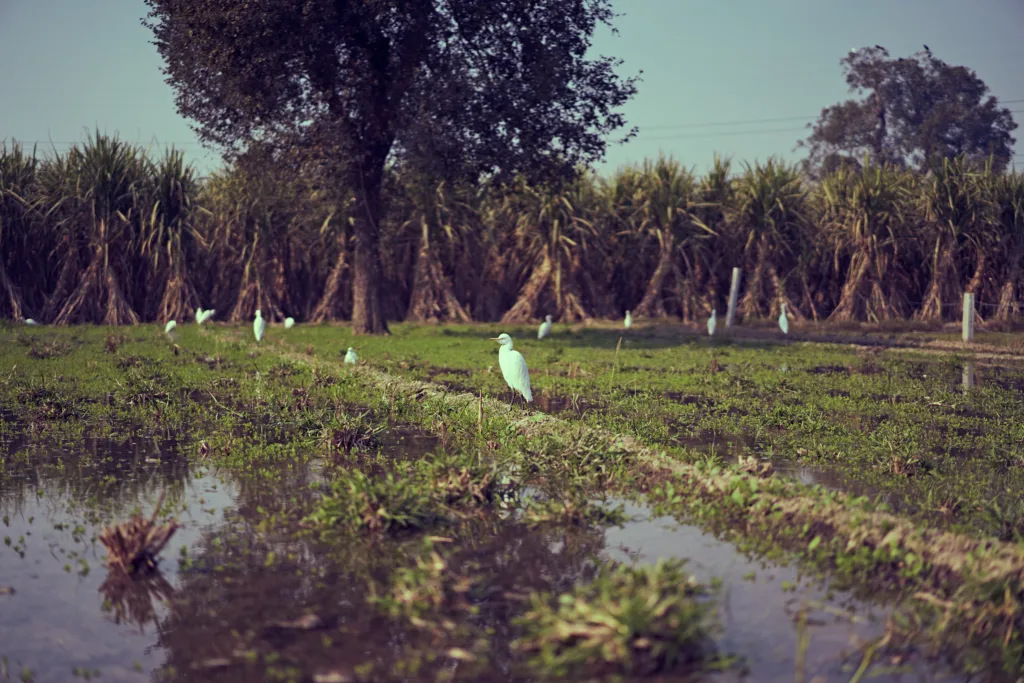The water cycle is a fundamental process that occurs on planet Earth, allowing for the continuous movement and distribution of water. It is a complex system that involves several stages, including evaporation, condensation, precipitation, interception, infiltration, percolation, transpiration, runoff, and storage. In this article, we will focus on one of the key components of the water cycle: percolation.
Percolation is the movement of water through the tiny gaps between rocks and soil particles. It is a crucial process that allows water to seep underground, replenishing aquifers and ensuring a constant supply of groundwater. When precipitation falls onto the ground, some of it is absorbed by plants, while the rest either runs off or infiltrates the soil. Infiltration occurs when water enters the ground surface but does not come out, thus increasing the moisture content of the soil. Percolation, on the other hand, occurs when water enters the ground surface and travels through the soil to finally join the groundwater reserves.
The percolation process is affected by several factors, including the type of soil, the amount of rainfall, and the slope of the land. Soil texture plays a significant role in determining how quickly water can percolate through the ground. Sandy soils have larger pore spaces, allowing water to move more quickly, while clay soils have smaller pore spaces, resulting in slower percolation rates. The amount of rainfall also affects percolation rates, with heavy rainfall causing more runoff and less percolation. The slope of the land can also impact percolation, as steeper slopes can lead to faster runoff and less percolation.
Percolation has several important implications for water management and conservation. It can be used to predict water transport factors such as the rate of leaching, or the flow of materials into water. This is most oten used in agriculture to determine the movement of fertilizers or the salt content of soil. By understanding the percolation process, we can also better manage our water resources, ensuring that groundwater reserves are replenished and that we are not overusing our water supplies.
Percolation is a critical component of the water cycle, allowing for the movement of water through the ground and the replenishment of groundwater reserves. It is affected by several factors, including soil type, rainfall, and slope, and has important implications for water management and conservation. By understanding the percolation process, we can better appreciate the complexity of the water cycle and work to ensure the sustainability of our water resources.
What Is The Purpose Of Percolation?
The primary purpose of percolation is to assess the water transport factors, including the rate of leaching and the flow of materials into the water. This process is highly beneficial in determining the movement of fertilizers or the salt content of the soil, particularly in agriculture. Percolation can be utilized to predict how water will move though various soils and rock formations by measuring the rate at which it passes through them. It is a widely used method to study the behavior of fluids in porous materials. Moreover, percolation is also employed in environmental studies to evaluate the movement of contaminants in the soil or groundwater. the purpose of percolation is to understand how liquids or dissolved substances move through porous materials, and it has various applications in agriculture, environmental studies, and other fields.

Is Percolation Part Of The Hydrologic Cycle?
Percolation is an essential part of the hydrologic cycle. It refers to the process by which water moves thrugh the soil and rock layers beneath the surface. After precipitation falls on the ground, it may either evaporate, be taken up by plants, or infiltrate into the soil. Once the water infiltrates, it may continue to move downward through the soil and rock layers until it reaches an impermeable layer or until it reaches a saturation point. The water that reaches the saturation point is known as groundwater. The groundwater can then move through the subsurface and eventually discharge into rivers, lakes, or oceans. This movement of water through the subsurface is known as percolation and is an essential component of the hydrologic cycle.
What Is Percolation And What Factors Affect It?
Percolation is the process by which water moves through soil and rock layers due to gravity. It occurs when water infiltrates into the soil or rock and then moves donward through the tiny spaces or pores between the soil or rock particles. Percolation is a key mechanism for recharging underground water resources such as aquifers.
Several factors can affect percolation rates, including the type and texture of soil or rock through which the water is moving, the slope of the land, the amount and intensity of rainfall, and the presence of vegetation or other obstructions. For example, sandy soils tend to have higher percolation rates than clay soils because they have larger pore spaces that allow water to flow more easily. Similarly, steep slopes can increase percolation rates by allowing water to move more quickly through the soil, while vegetation can slow down percolation by absorbing some of the water before it can infiltrate into the ground.
Percolation is an important process for maintaining healthy soil and water resources, and understanding the factors that affect it can help us better manage and protect these vital natural systems.
What Is Difference Between Percolation And Infiltration?
Percolation and infiltration are two distinct processes related to the movement of water into the ground. Infiltration refers to the process of water entering the ground surface but not coming out, thus increasing the moisture content of the soil. On the other hand, percolation refers to the process of water entering the ground surface and traveling through the soil to finally join the groundwater reserves.
To explain the difference betwen these two processes further, it can be said that infiltration occurs when water is absorbed by the top layer of soil, known as the infiltration zone. The water then moves downward, joining the soil’s moisture content and becoming available to plants for absorption. In contrast, percolation occurs when water moves beyond the infiltration zone and enters the deeper layers of soil, eventually joining the groundwater reserves.
The main difference between infiltration and percolation is the depth to which water penetrates the soil. Infiltration occurs in the uppermost layer of soil, while percolation occurs in the deeper layers of soil. Additionally, infiltration typically occurs at a slower rate than percolation since the soil in the infiltration zone is often more compact and has less pore space.
Infiltration and percolation are two related but distinct processes that describe the movement of water into the ground. Infiltration refers to the process of water entering the ground surface but not coming out, while percolation refers to the process of water traveling through the soil to join the groundwater reserves.

Conclusion
The water cycle is a complex and dynamic process that plays a crucial role in sustaining life on our planet. From the moment water evaporates from oceans, lakes, and rivers, it undergoes a series of transformations, including condensation, precipitation, infiltration, percolation, and runoff. Each of thee processes serves a unique purpose in ensuring that water is distributed evenly across the earth’s surface, replenishing aquifers and sustaining plant and animal life. By understanding the water cycle and its various components, we can better appreciate the importance of conserving and protecting this vital resource. With climate change and human activities posing new threats to the water cycle, it is essential that we take proactive measures to ensure its continued health and sustainability for generations to come.
